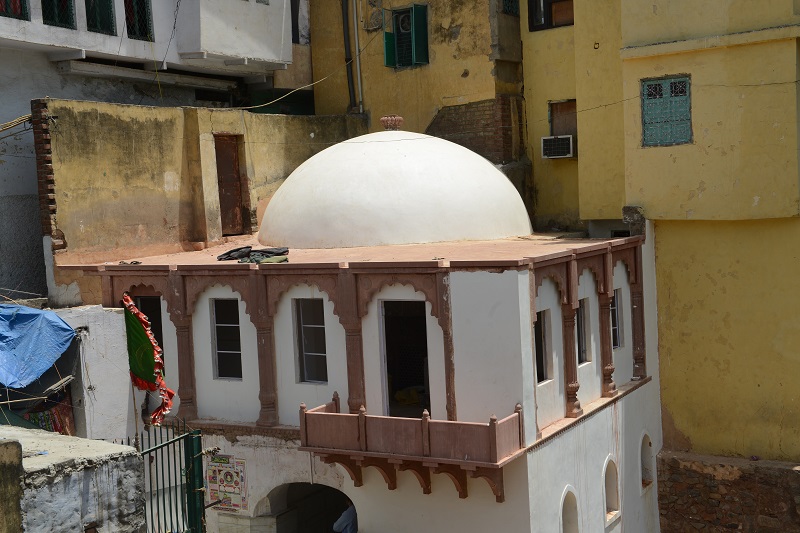Delhi: Jantar Mantar (Semrat Yantar)
This article was written between 1902 when conditions were Readers will be able to edit existing articles and post new articles |
Extracted from:
Delhi: Past And Present
By H. C. Fanshawe, C.S.I.
Bengal Civil Service, Retired;
Late Chief Secretary To The Punjab Government,
And Commissioner Of The Delhi Division
John Murray, London. I9o2.
NOTE: While reading please keep in mind that all articles in this series have been scanned from a book. Therefore, footnotes have got inserted into the main text of the article, interrupting the flow. Readers who spot these footnotes gone astray might like to shift them to the correct place.
Secondly, kindly ignore all references to page numbers, because they refer to the physical, printed book.
Delhi: Semrat Yantar (Jantar Mantar) in 1902
The tomb of Safdar Jang is situated just six miles from Delhi, and five miles from the Kutab. The only object of special interest between it and the Ajmir Gate of the city is the Observatory of Raja Jai Singh of Jeypur, but extremely pretty views are obtained from the road of the Khairpur tombs, of the Mausoleum of Humayun, of the Purana Kila, and of the Jama Masjld of Delhi.
The Observatory, termed classically the Semrat Yantar, and known vulgarly as the Jantar Mantar, was constructed in 1724 A.D., but was badly damaged by the Jat marauders within fifty years of its erection. The great equatorial dial still exists, but the marble work of the periphery of the circle on which the degrees were marked, and of the gnomon, has entirely disappeared.
This work is shown in Daniell’s drawing in 1790, but was perhaps restored in that from the fragments which then remained. The two round buildings with tiers of arches, looking like miniature Roman amphitheatres from the outside, served for the measurement of the ascension and declension of the stars.
A palace and stables of the Raja of Jeypur once existed in Madhoganj, the village just east of the Observatory, and this village is still held in jagir by the Jeypur State. Rather less than half a mile east of it is an extremely fine baoli, or reservoir-well, known as Ugar Sen’s baoli. A mile from the Observatory the outskirts of the Paharganj suburb of the city are reached, and a mile further the Ajmir Gate The great mounds noticed from the road are the ruins of vast brick kilns utilised to supplement the material taken from Firozabad and the city of Sher Shah when Shahjahanabad was built.
